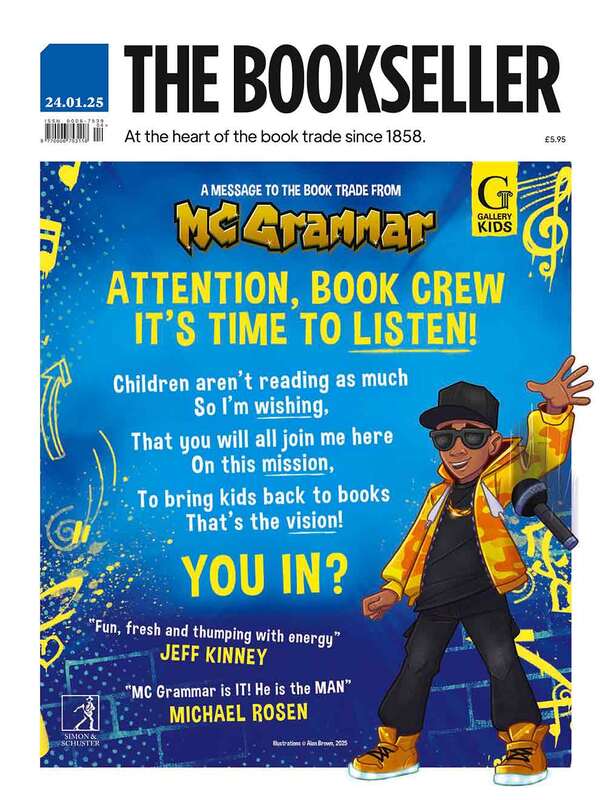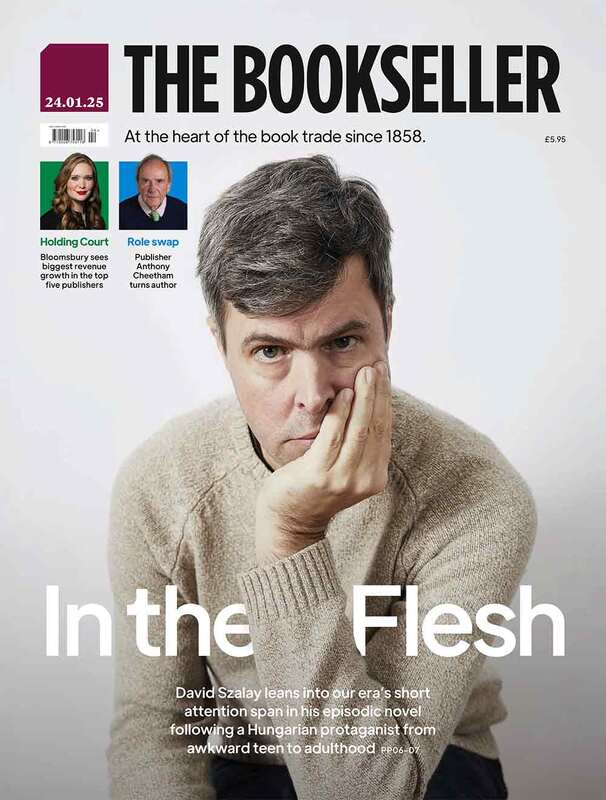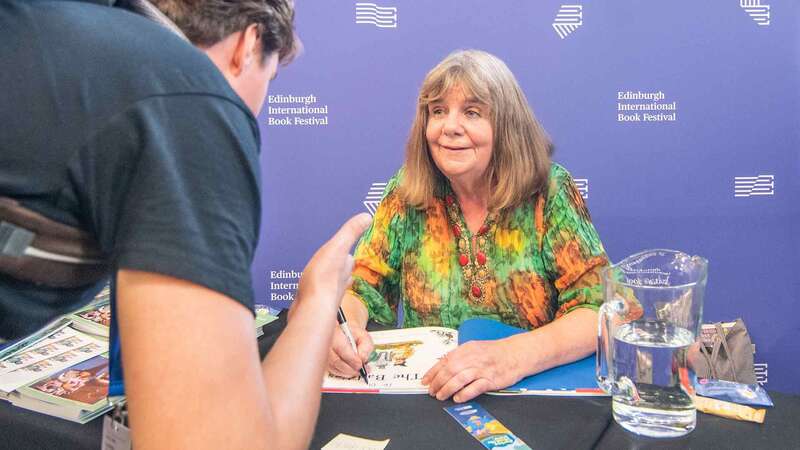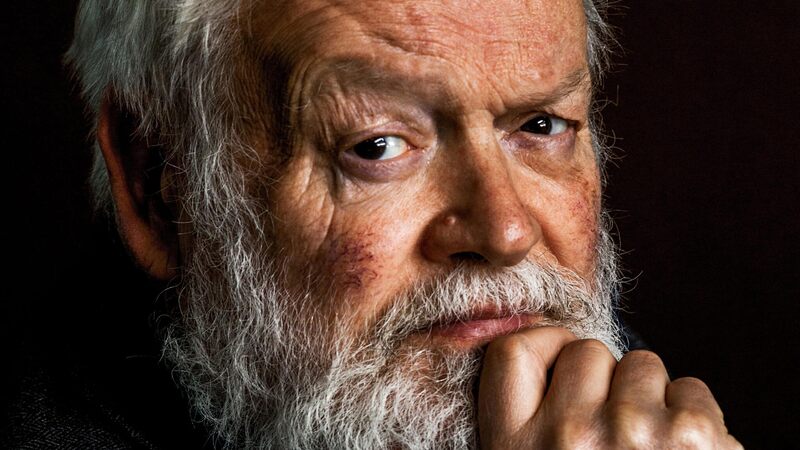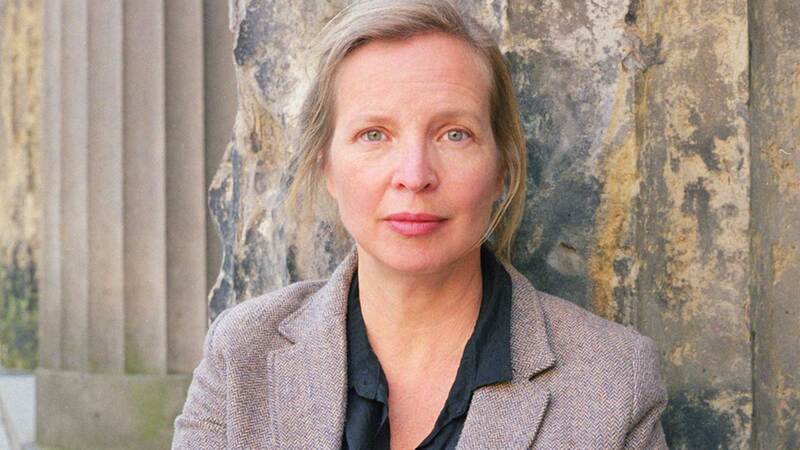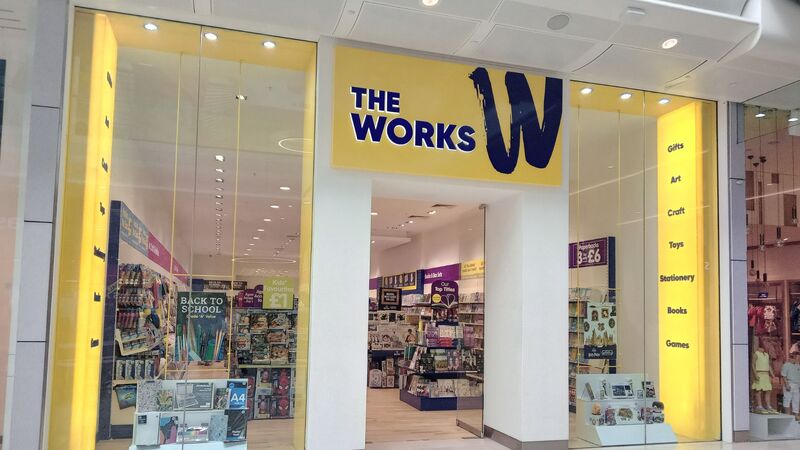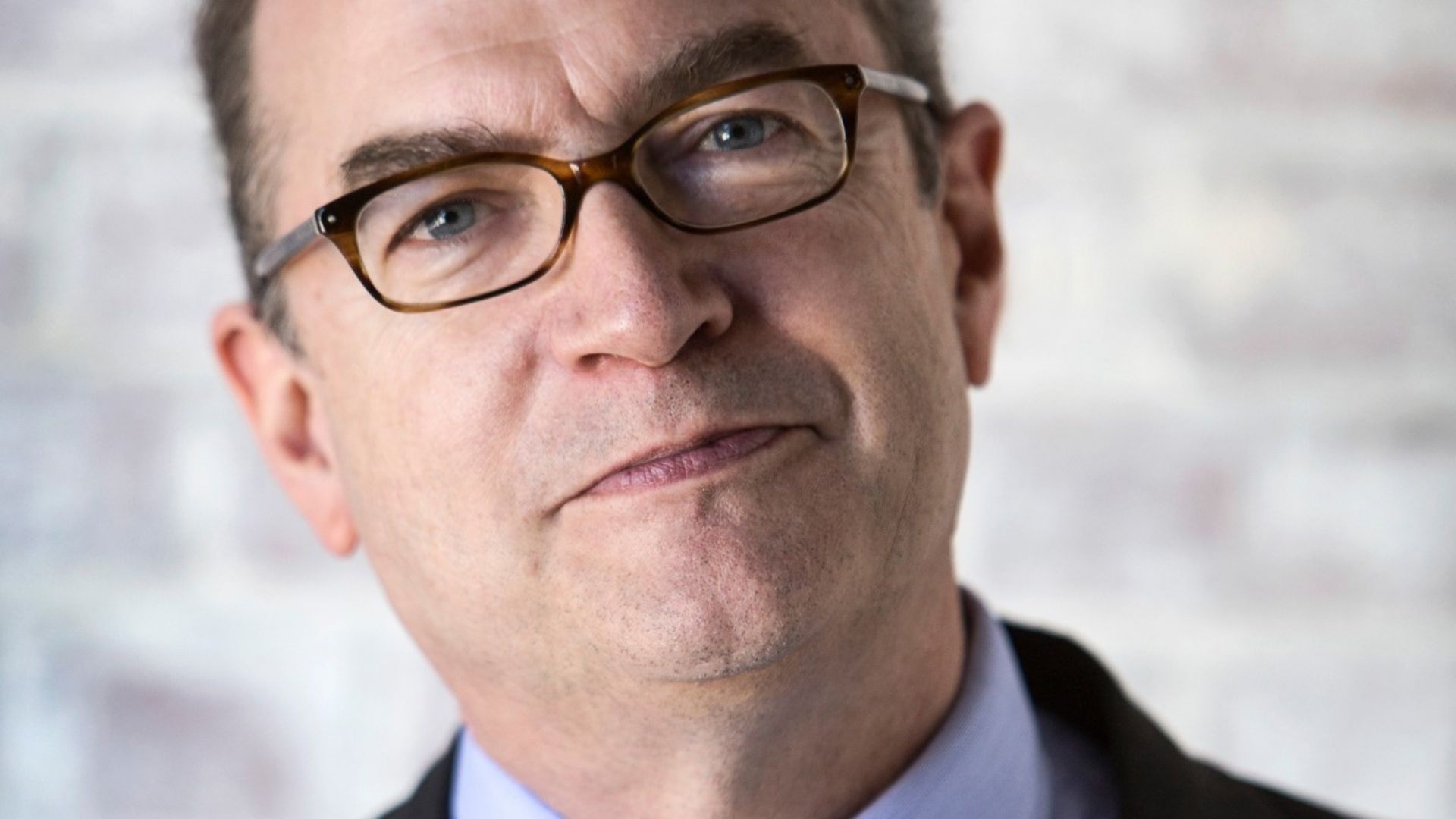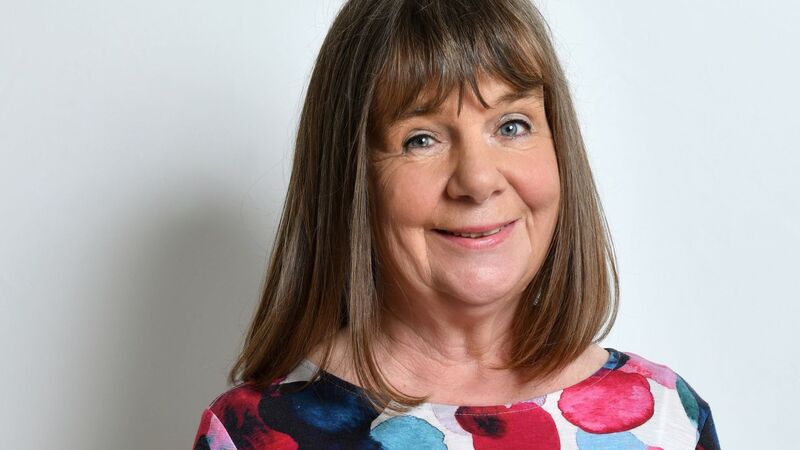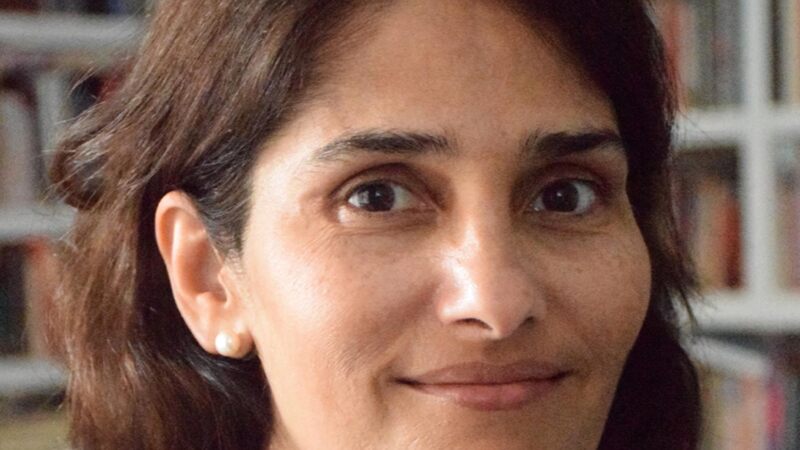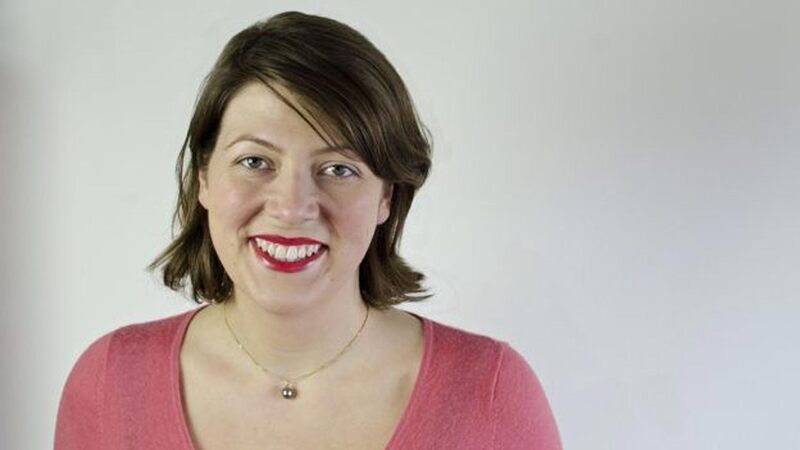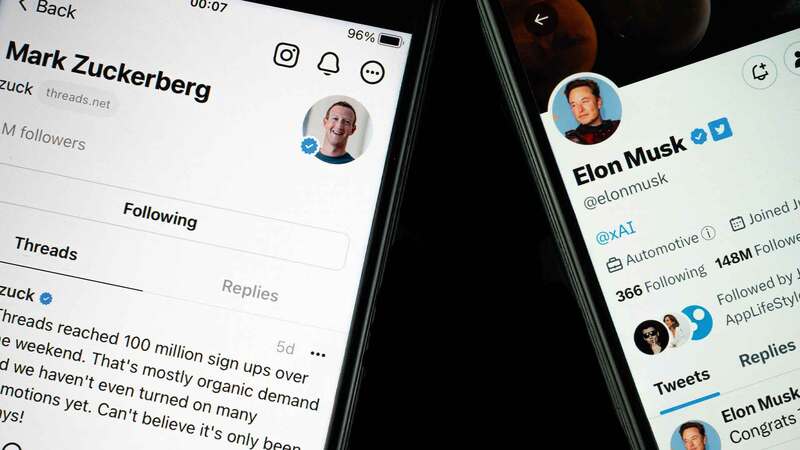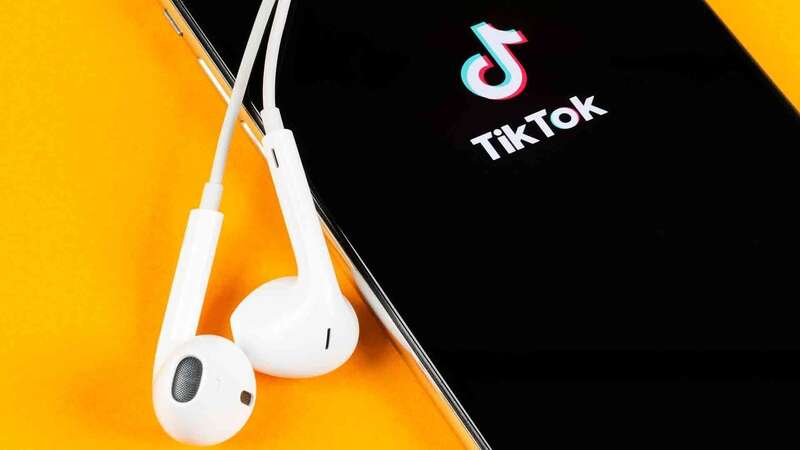You are viewing your 1 free article this month. Login to read more articles.
'End of the beginning for e-books' says Tamblyn
Kobo c.e.o Michael Tamblyn says the industry is reaching the “end of the beginning for e-books”.
Speaking at the IPG Spring Conference yesterday (2nd March) Tamblyn highlighted the “steady state” of digital sales in the publishing industry, with e-book sales now “cruising nicely” between 20% and 30% of all book sales, he said. This has meant Kobo has been able to “take a bit of a breath” and consider its position as a digital retailer that “thinks about the reader and what they want," Tamblyn added.
The new Kobo chief said the industry needed to let go of “preconceptions about what the reader is”, explaining that the demographic of people who use Kobo products are mainly “silver foxes”, with over 50% of Kobo's readers over 55-year-old and 30% retired.
“People 55 and over are leading a digital charge for the first time”, he said. “That kind of understanding of what that customer looks like changes everything for us.”
Tamblyn said he was not worried about the demographic featuring mainly older people as “it seems more like there are times when people have more time in their life to read, and time when they don’t. It’s a conveyor belt that brings new recruits all the time. People make more time for reading as they get older.”
Tamblyn concluded that even as people are reading more digitally, they still like to read print books, with customers especially buying print books as gifts, or print books where the genre has not taken off in digital, such as photography or cook books.
A member of the audience suggested that there seemed to be less innovation in books than film, TV and games. Tamblyn said: “It doesn’t seem to hold true that the book needs a massive revolution in innovation, we just need to get better at selling it,” he said, adding “the book is a shockingly durable medium".
Tamblyn added: "So it’s probably not the end of days then, and probably not the end of the industry as we know it, but for e-books, it’s probably the end of the beginning, and I think that’s okay. We now have four ways to sell a book: bricks and mortar, print, audiobook and e-book, and none of them are going anywhere. Each of them gives us a nearly infinite list of options to answer the question ‘what should I read next?’ and as much as all of my retailer instincts are pushing me to focus on what someone reads next, I will spend at least as much time thinking about how someone wants to read. The readers wants are so fundamental, so basic, that they sometimes get lost in the drive to sell customers that next thing. But if we answer that well, we earn the right to the readers attention.”

